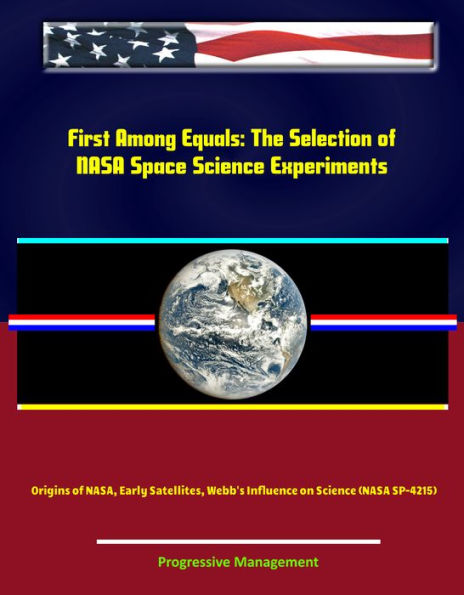5
1

First Among Equals: The Selection of NASA Space Science Experiments - Origins of NASA, Early Satellites, Webb's Influence on Science (NASA SP-4215)

First Among Equals: The Selection of NASA Space Science Experiments - Origins of NASA, Early Satellites, Webb's Influence on Science (NASA SP-4215)
7.99
In Stock

Product Details
| BN ID: | 2940033000807 |
|---|---|
| Publisher: | Progressive Management |
| Publication date: | 01/18/2012 |
| Sold by: | Smashwords |
| Format: | eBook |
| File size: | 242 KB |
About the Author
From the B&N Reads Blog
